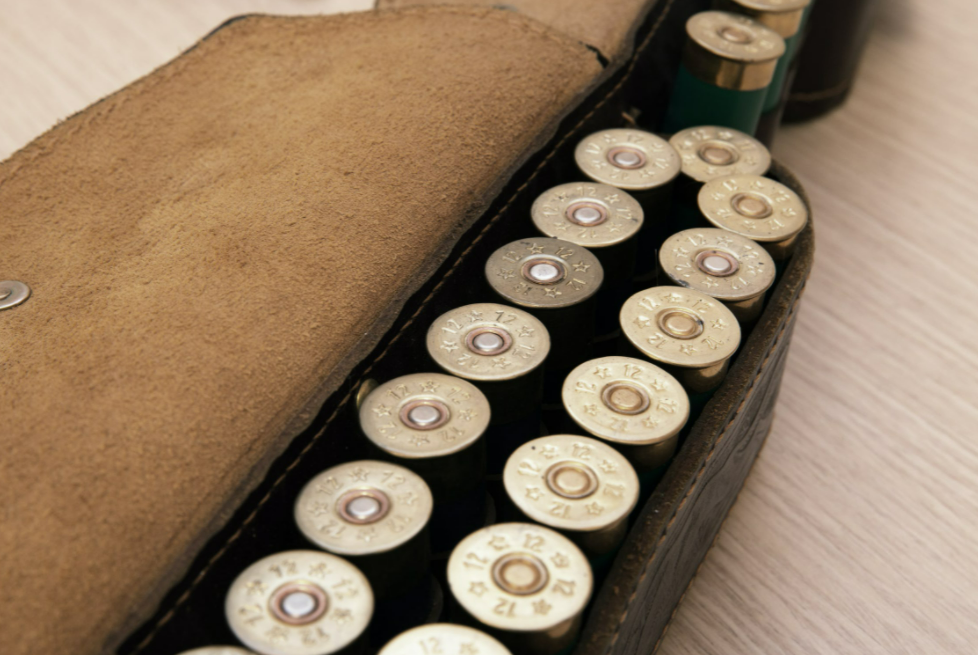Many shooters become loyal to a particular brand of ammunition. However, when you’re buying ammo for the first time or you’re thinking about switching, making the choice of which ammunition you should use can be tricky. This decision can greatly impact your shot. It can also greatly impact how much you have to spend. As a new shooter, you are more likely to be using factory new ammunition that is in compliance with the guidelines as presented by the SAAMI (Sporting Arms and Ammunition Manufacturer’s Institute). Whether you use factory new, reloaded, or remanufactured ammo, you can find ammunition that follows SAAMI guidelines.
How to Choose the Right Ammo for Your Firearm
You start by referencing the manual that came with your weapon. If you purchased your gun from a third party and they didn’t provide the manual, you still have options. You can usually locate a digital copy of the manual or obtain one from the manufacturer’s site online. This manual will often have information about what type of ammunition works best with your gun.
Then, you select the caliber that is correct for the weapon found on the original manufacturer’s ammo box, engraved somewhere on the firearm itself, or on the headstamp, which is the bottom of the cartridge.
Keep in mind that target range ammo and personal defense ammo are often not the same for the simple reason of overpenetration. At the range, this is not an issue. Target ammo will go straight through whatever you shoot at, and shooting ranges are designed with that in mind. However, for your concealed carry firearm intended for personal defense, shooters usually prefer to use ammunition that has a hollow point. This will slow the bullet down for the purpose of limiting the chances of a round passing completely through the intended target and inadvertently striking an innocent bystander.
You’ll likely want to have some of each kind of ammunition. For your self-defense weapon to be useful, you need to put in plenty of practice at the range. However, hollow point ammo is more difficult to manufacture and will therefore likely be more expensive. Get plenty of target range ammunition for your practices, but keep some ammunition suited for ammunition on hand as well.
Factory-New Ammunition
Factory-new ammo is effective and follows SAAMI guidelines. Produced by the ammunition company, it will always be made with new gun powder and brass casings. These bullets are precisely measured, ensuring ammunition standards are fulfilled. Many shooters will only use factory-new ammo, especially when they’re new to shooting. This is fine until that manufacturers’ stock becomes depleted, such as has been the case recently.
Remanufactured Ammunition
Market deficiency has contributed to more manufacturers stepping in to fill the void to help gun enthusiasts obtain the ammo they need. Like factory new, remanufactured ammunition complies with SAAMI guidelines. The main difference is that the brass casings are previously used material. Remanufactured ammo has also helped ease the sudden rise in cost for factory-new ammo as it is comparatively more cost-effective. You can find remanufactured 223 firearm ammunition and other types of remanufactured ammo both online and in stores.
Reloaded Ammunition
Reloaded ammunition is nothing new. It was a common practice in the field among soldiers in the American Civil War and the Spanish Civil War as well as for the Alpine Troops in Romania, just to name a few. Reloading ammo is something any gun owner can do to make their own practice ammo, improve performing loads, and shoot firearms for which the factory ammo is unavailable.
You can find reloading packages and setups that provide nearly everything needed right out of the box. You can reuse your brass or purchase new or prepared brass at large retailers. Start with a single-stage press and gradually work up to higher loads. The learning curve can make this a rewarding side hobby for your shooting practice. It can also help you save money in the long run. Just make sure that any reloaded ammunition you produce is high-quality before you put it in your firearm.
Ammo Shortages
As president of Federal/Remington/CCI/Speer ammunition Jason Vanderbrink expressed, there were 7 million new shooters between March and December of 2020. At a conservative estimate of two boxes of ammo each, that represents 700 million new rounds of ammunition. Of course, this is in addition to more experienced shooters and their ammo needs. Because of the sharp increase in demand, factories were simply unable to keep up. Between hiring new people who needed training, obtaining the raw materials in the middle of a pandemic, and maintaining the health and safety of the employees, there was much to coordinate in producing new ammunition. Reloaded and remanufactured ammo has helped to fill the void.
Whichever ammo you choose, be sure to first try it out at the range. You want to be able to depend on your rounds. You also want to prepare yourself for the recoil depending on your choice of ammunition. While you encounter different schools of thought regarding factory-new, reloaded, or remanufactured ammo, when the producer is following SAAMI guidelines, you can trust the ammo is safe for your firearm. Manufacturers tend to advise against anything other than factory-new out of an abundance of caution due to the potential liability issues. However, you will find that there are plenty of shooters who have not seen any difference in the reliability between factory-new, remanufactured, and reloaded ammunition.
























